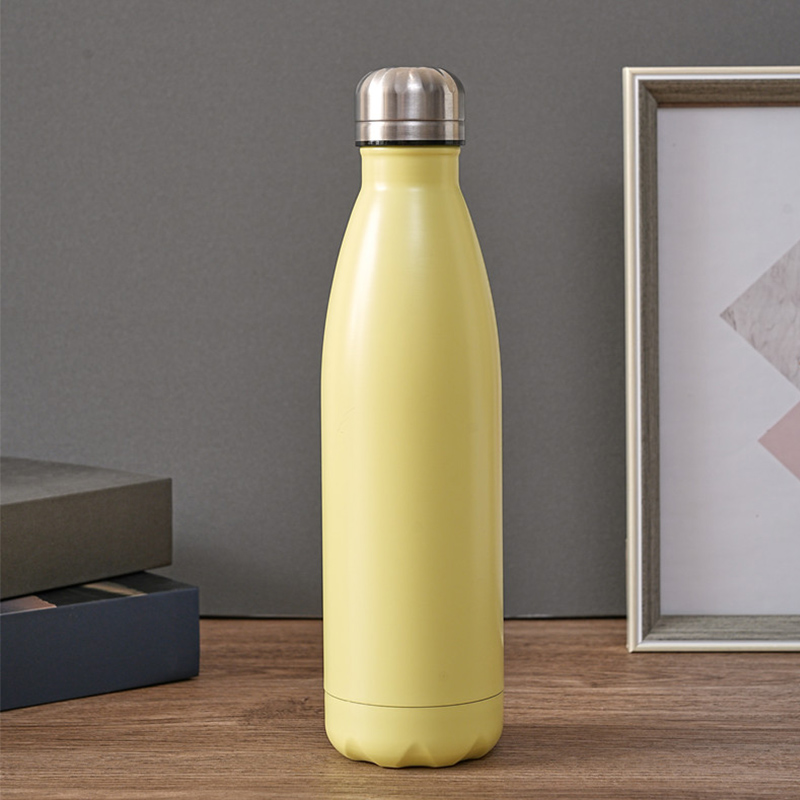Can the stainless steel water cup continue to be used if the inside of the cup turns black?

If the stainless steel weld of a newly purchased water cup turns black, it is generally due to the fact that the laser welding process is not done well. The high temperature of laser welding will cause black spots to appear on the weld. Usually, the water cup will be polished during the production process. After the polishing is complete, There won’t be any, and then electrolysis will be performed. If there is no problem with the material of such a water cup, it is 304 stainless steel or 316 stainless steel, which will not affect its use. If the material itself is not up to standard, it is recommended not to use it.
I just mentioned a process called electrolysis. Electrolysis will also cause the inside of the water cup to turn black, that is, the inner tank is not bright. This is because the electrolysis time is not controlled well. If the electrolysis time is long and the electrolyte is old, it will cause the inner tank of the water cup to be electrolyzed. Blackening, but not dark spots, is an overall darkening effect. This situation does not actually affect the use of the water bottle and will not cause harm to the human body.
After using it for a period of time, if you are used to using a thermos cup to make tea, the inside of the water cup will quickly turn black, which will not affect your use. However, if you only use it for drinking water and you find black spots or spots inside the water cup after using it for a period of time, it means there is something wrong with the material of the water cup. After cleaning such a water cup, let it sit for a while. If there are still black spots, it must be If it cannot be used, it means the material is not 304 stainless steel or 316 stainless steel.
In addition to the blackening phenomenon caused by the above situations, there is also the failure to clean it in time after use, especially if the water cup is filled with sugary drinks or dairy products and is not cleaned, causing internal mildew. In this case, If thorough sterilization and disinfection cannot be performed, it is recommended not to continue using it.
Post time: May-30-2024